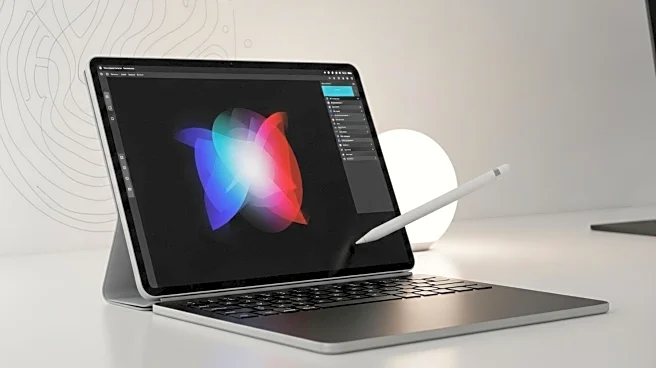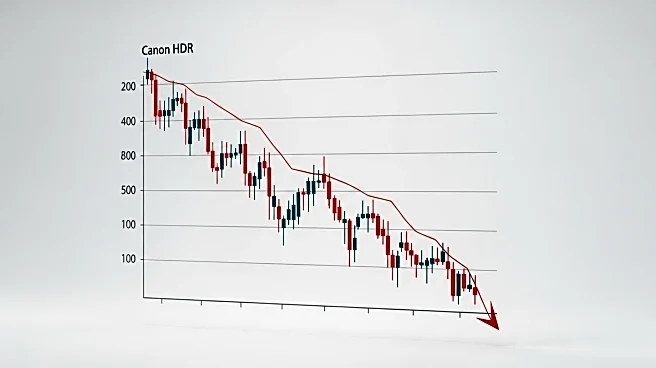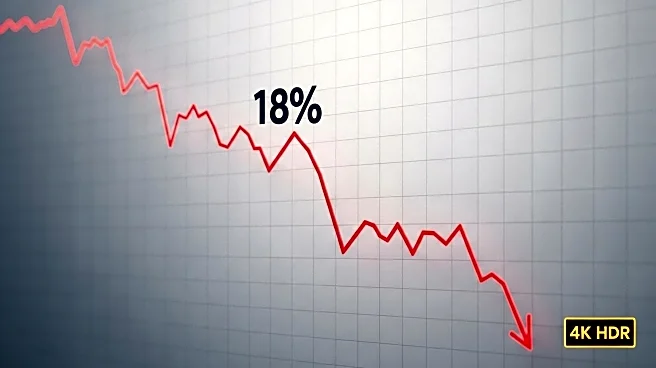What's Happening?
Figma, a cloud-based design platform, experienced a significant drop in its stock price, falling over 14% in after-hours trading following its first quarterly earnings report since its IPO on July 31, 2025. The company missed both sales and earnings expectations for the second quarter of fiscal 2025, which led to the decline in share value. Despite a 41% year-over-year increase in sales to $249.64 million, this was slightly below the consensus estimate of $250 million. The company reported break-even earnings per share, falling short of the projected profit of $0.09 per share. CEO Dylan Field expressed optimism, citing record Q2 revenue and the launch of four new products, while emphasizing strong customer loyalty with a Net Dollar Retention Rate of 129% for customers with annual recurring revenue of $10,000 or more.
Why It's Important?
The earnings miss and subsequent stock decline highlight the volatility and challenges faced by newly public companies in meeting market expectations. Figma's performance is crucial for investors who have seen the stock rise significantly since its IPO, only to face a sharp decline. The company's ability to maintain customer loyalty and continue product innovation will be key to its long-term success. Analysts have given Figma a Hold consensus rating, indicating cautious optimism about its future prospects. The company's guidance for Q3 and full-year fiscal 2025 sales suggests potential for recovery, but investors remain wary of the limited near-term upside given the current share price.
What's Next?
Figma's future performance will depend on its ability to meet or exceed its sales projections for Q3 and the full fiscal year. The company aims to achieve sales between $263 million and $265 million for Q3, slightly above the consensus estimate. Analysts may update their forecasts based on the latest earnings report, which could impact the stock's rating and price target. Figma's continued focus on product development and customer retention will be critical in navigating the competitive landscape of UI/UX design software.











